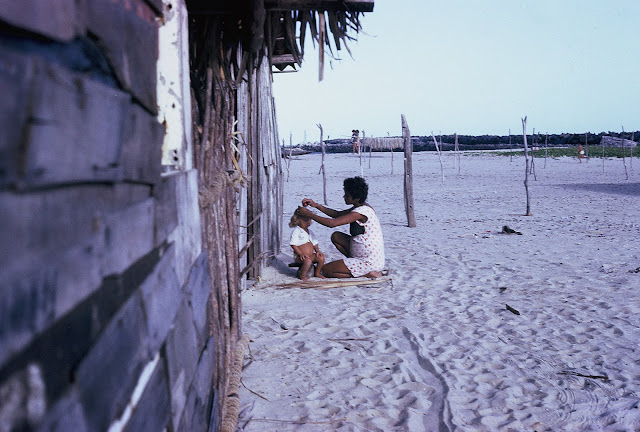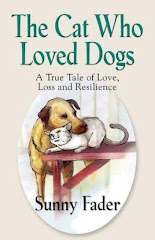Our film was about hope, about a group of Brazilian Presbyterians who had put their faith into action. We were telling the story of how, at their own expense, these men and women were driving into the drought-plagued sertão and rescuing families facing starvation. We were showing how they nursed these refugees back to health, and then gave them a parcel of land along the Amazon and taught them how to grow their own food and raise cattle so they could support themselves. And how these rescued families were then making their own journey into the sertão to repeat the process with other suffering families.
That was our story, but the purpose of the film was to inspire its intended audience—American church goers—to reach into their pockets to help with the purchase of the parcels of land. To accomplish this, we had to establish a pressing need. That need lay in the plight of the drought’s victims. That is why I had brought my film crew to the favella. It was to the favellas of Fortaleza that many of the refugees from the sertão fled...only to find more hardships. The sad eyes of this little girl told that story in a way I knew would touch hearts.
There was more to her story. She and her mother were refugees from the sertão, but they were also outcasts in the favella because to provide for herself and her daughter, the mother had turned to prostitution. I learned this from the missionary who was working in the favella. Even among the flagelados—the beaten ones –there was a hierarchy. Women who sold their bodies, regardless of their desperate needs, were at the bottom of the social order. That is why the little girl was playing alone.
I needed to get the mother’s permission to film the little girl. The missionary came with me to translate. I watched the drawn look on the mother’s face blossom into a smile as the missionary explained. Permission was immediately granted.
By the time I retrieved my cameraman, the little girl was gone. The missionary pointed down the street. The mother was sitting on her haunches in front of the hovel that was their home, brushing the little girl’s hair. By the time I reached her, the dirt that had smudged the child’s face and soiled her arms was gone, and she was dressed in her best—and probably only dress.
Maria preparing her child for filming.
The mother beamed as she presented her daughter to me. Gone was the sad little dirt-covered waif I needed for the film. In her place was a smiling little girl who had been groomed with great love and pride.
I knew I would never use the child in the film, but I took her hand and led her to a tree where she smiled for me as the cameraman pretended to take her picture. “You have done a good thing,” the missionary said. “You have given Maria and her daughter an invaluable gift today—respect.”
And they had given me a gift. It is so easy, when you are caught up in doing “good works” to objectify the people you are seeking to help; to see only their needs, and not their humanity. That day I learned to look deeper. When I first saw Maria, I saw only an unfortunate woman deserving of my pity. Witnessing the loving care and pride with which she prepared her daughter, I saw something else: a woman whose concerns and priorities are the same as mine, a mother whose feelings for her child reach the same depths as mine. From that day on I began to see, truly see, the people I filmed. Not just their needs, but their humanity.





Way to go on entering the contest for Next Top Spiritual Author! These are amazing stories and I wish you the best of luck in your endeavor.
ReplyDelete